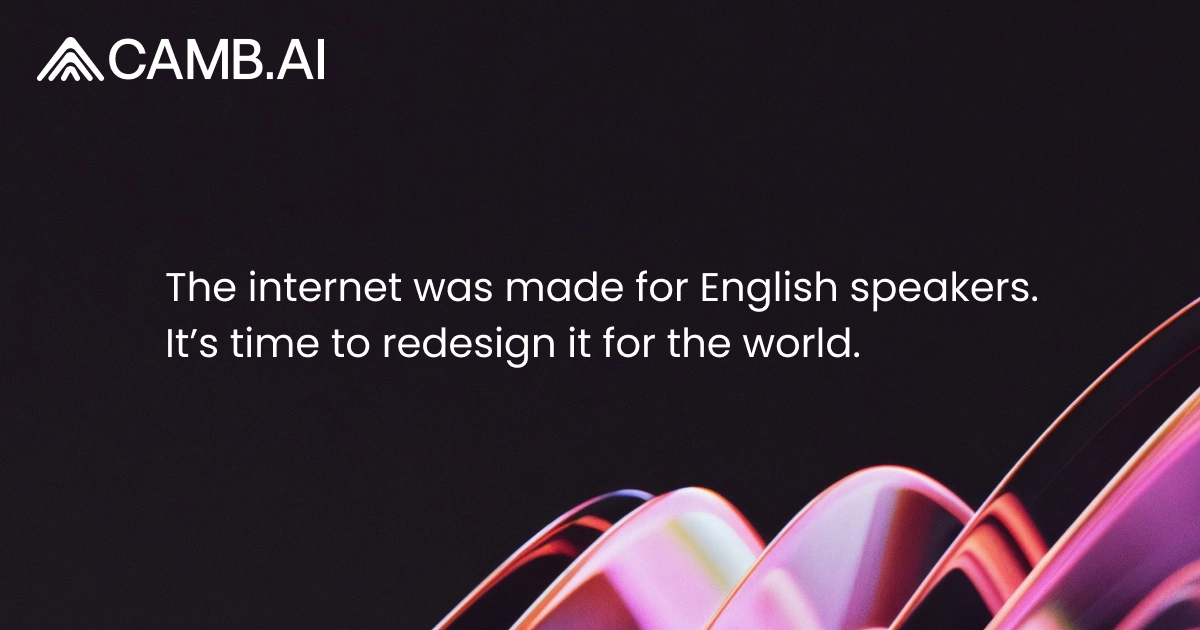MARS5-TTS
by CAMB.AIMARS5-TTS is an open-source AI voice cloning tool by CAMB.AI, offering realistic prosody and support for over 140 languages, optimized for complex scenarios like sports commentary and anime dubbing.
What is MARS5-TTS?
MARS5-TTS is an open-source AI voice cloning tool developed by CAMB.AI, featuring breakthrough realistic prosody and support for over 140 languages. It can handle complex prosody scenarios such as sports commentary and anime AI dubbing. With 1.2 billion parameters and over 150,000 hours of training data, MARS5-TTS uses simple text markers to guide prosody, supporting both quick and deep cloning techniques to optimize speech output quality.
Key Features of MARS5-TTS
- Multilingual Support: Supports text-to-speech conversion in over 140 languages, catering to diverse user needs.
- High Realism: Advanced model design generates speech with realistic prosody and expression, suitable for various scenarios.
- Complex Prosody Handling: Capable of processing text with complex prosody, such as sports commentary, movies, and anime.
- Parameter Guidance: Users can guide the prosody and emotion of the speech using punctuation and capitalization in the text.
- Quick and Deep Cloning: Offers both quick and deep cloning modes, allowing users to choose between speed and quality.
Project Links
- Official Website: camb.ai
- GitHub Repository: https://github.com/camb-ai/mars5-tts
- Demo Experience: https://replicate.com/camb-ai/mars5-tts
How to Use MARS5-TTS
- Install Dependencies: Ensure Python and necessary libraries like torch and librosa are installed.
- Load the Model: Load the MARS5-TTS model via torch.hub.
- Prepare Audio and Text: Select or record a reference audio and prepare the corresponding text.
- Configure the Model: Adjust the model's configuration parameters as needed.
- Execute Synthesis: Input the text and reference audio into the model to perform speech synthesis.
Application Scenarios of MARS5-TTS
- Content Creation: Provides realistic voiceovers for videos, podcasts, or animations.
- Language Learning: Helps learners practice pronunciation and language rhythm.
- Assistive Technology: Offers text-to-speech services for the visually impaired or those with reading difficulties.
- Customer Service: Used in call centers or chatbots to provide automated voice responses.
- Multimedia Entertainment: Generates character voices for video games or virtual reality experiences.
Features & Capabilities
What You Can Do
Voice Cloning
Text-To-Speech Conversion
Prosody Handling
Multilingual Support
Categories
AI Voice Cloning
Text-to-Speech
Open Source
Multilingual Support
Realistic Prosody
Content Creation
Language Learning
Assistive Technology
Customer Service
Multimedia Entertainment
Example Uses
- Content Creation
- Language Learning
- Assistive Technology
- Customer Service
- Multimedia Entertainment
Getting Started
Pricing
free
Requirements
- Python
- torch
- librosa
Screenshots & Images
Primary Screenshot

Additional Images



Stats
98
Views
0
Favorites

